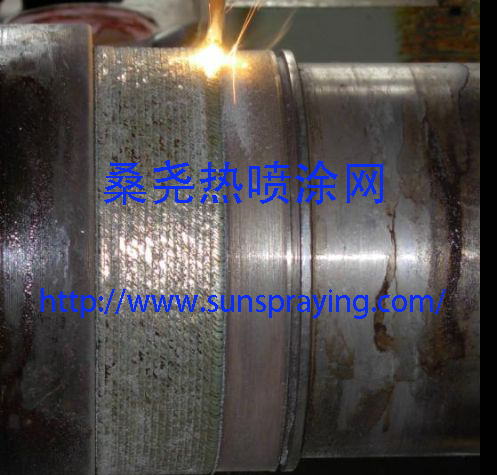Both CNTs and ECPs generate particular challenges in some materials applications. For example, in order to use CNTs efficiently as a filler material, either for conductive or mechanical purposes, sufficiently high loadings must be achieved within the composite to enable percolation. In the specific case of the use of CNTs as nanoelectronic elements, one of the difficult tasks will be to attach them both to each other and to an external electronic framework. On the other hand, all known simple ECPs are mechanically weak and have to be oxidized and doped by a counter anion to achieve significant conductivity. The strength of a conducting polymer may be improved by, for example, copolymerization with a second polymer such as poly(vinylchloride) (PVC) but a sacrifice in conductivity is inevitable. In addition, because dopants constitute a large proportion of conducting polymers, typically 20±40 vol.-%, and all the dopants used so far are themselves insulators, the overall conductivity of ECPs is somewhat limited. Retardant effects of some inorganic dopants on the optical properties of ECPs have also been reported.[3] Furthermore, in a practical application in a reducing environment, a conducting polymer material with a non-conductive dopant may lose its conductivity altogether.
In summary, we have reported here: 1) a novel electrochemical method for the synthesis of a CNT±PPy composite that has a high concentration of well-dispersed nanotubes that are wetted by the continuous polymer phase. This study is the first example of anionic CNTs acting as a strong and conductive dopant in the polymerization of a conducting polymer; (after this report was submitted, two recent short reports were brought to our attention discussing composites of CNTs and conducting polymers, although the CNTs were not used as the electrolyte). 2) The preparation of a remarkably uniform PPy coating on individual CNTs, which promises controlled modification of the outer surface of CNTs to provide selectable functionalities. 3) The observation of the joining of individual CNTs by conducting PPy, which may have potential applications in CNT-based nanoelectronic structures.

本文由桑尧热喷涂网收集整理。本站文章未经允许不得转载;如欲转载请注明出处,北京桑尧科技开发有限公司网址:http://www.sunspraying.com/
|

